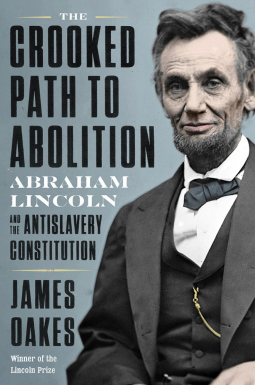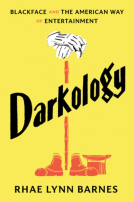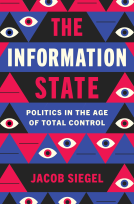
The Crooked Path to Abolition
Abraham Lincoln and the Antislavery Constitution
by James Oakes
This title was previously available on NetGalley and is now archived.
Send NetGalley books directly to your Kindle or Kindle app
1
To read on a Kindle or Kindle app, please add kindle@netgalley.com as an approved email address to receive files in your Amazon account. Click here for step-by-step instructions.
2
Also find your Kindle email address within your Amazon account, and enter it here.
Pub Date Jan 12 2021 | Archive Date Nov 30 2020
Talking about this book? Use #TheCrookedPathtoAbolition #NetGalley. More hashtag tips!
Description
An award-winning scholar uncovers Lincoln’s strategy for abolishing slavery in this groundbreaking history of the sectional crisis and Civil War.
Some celebrate Lincoln for freeing the slaves; others fault him for a long-standing conservatism on abolition and race. James Oakes gives us another option in this brilliant exploration of Lincoln and the end of slavery.
Through the unforeseen challenges of the Civil War crisis, Lincoln and the Republican party adhered to a clear antislavery strategy founded on the Constitution itself. All understood the limits to federal power in the slave states, and the need for state action to abolish slavery finally. But Lincoln and the Republicans claimed strong constitutional tools for federal action against slavery, and they used those tools consistently to undermine slavery, prevent its expansion, and pressure the slave states into abolition. This antislavery Constitution guided Lincoln and his allies as they navigated the sectional crisis and the Civil War. When the states finally ratified the Thirteenth Amendment abolishing slavery, it was a confirmation of a long-held vision.
About the Author:
James Oakes is one of our foremost Civil War historians, and two-time winner of the Lincoln Prize. A professor at the City University of New York Graduate Center, he lives in New York City.
Available Editions
| EDITION | Hardcover |
| ISBN | 9781324005858 |
| PRICE | $26.95 (USD) |
Average rating from 7 members
Readers who liked this book also liked:
Peter J. Verovšek
Biographies & Memoirs, Nonfiction (Adult), Politics & Current Affairs



















